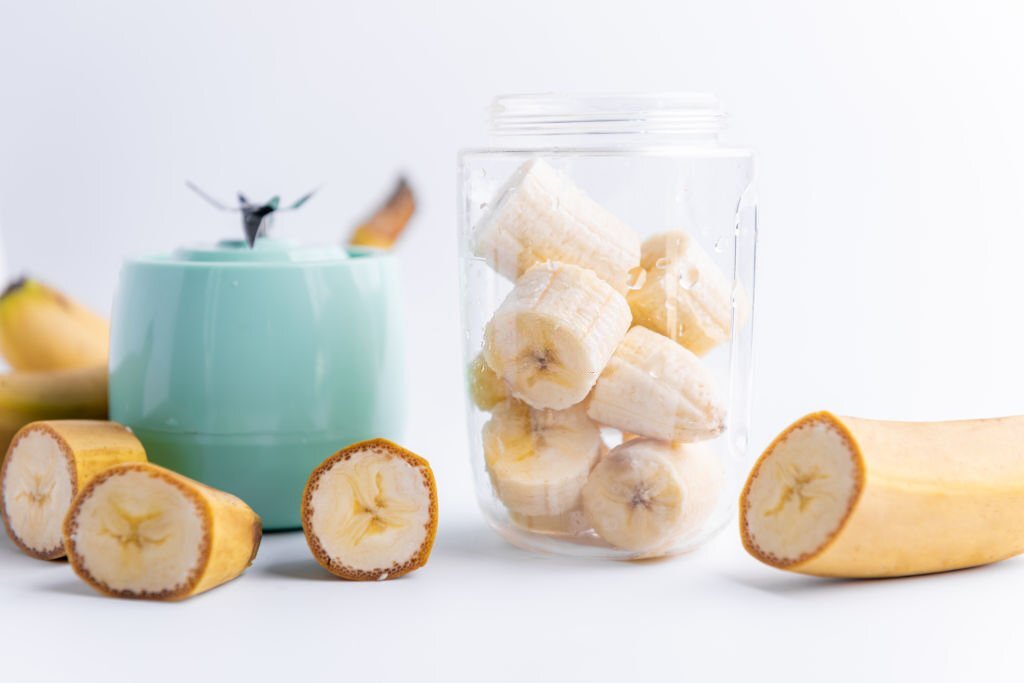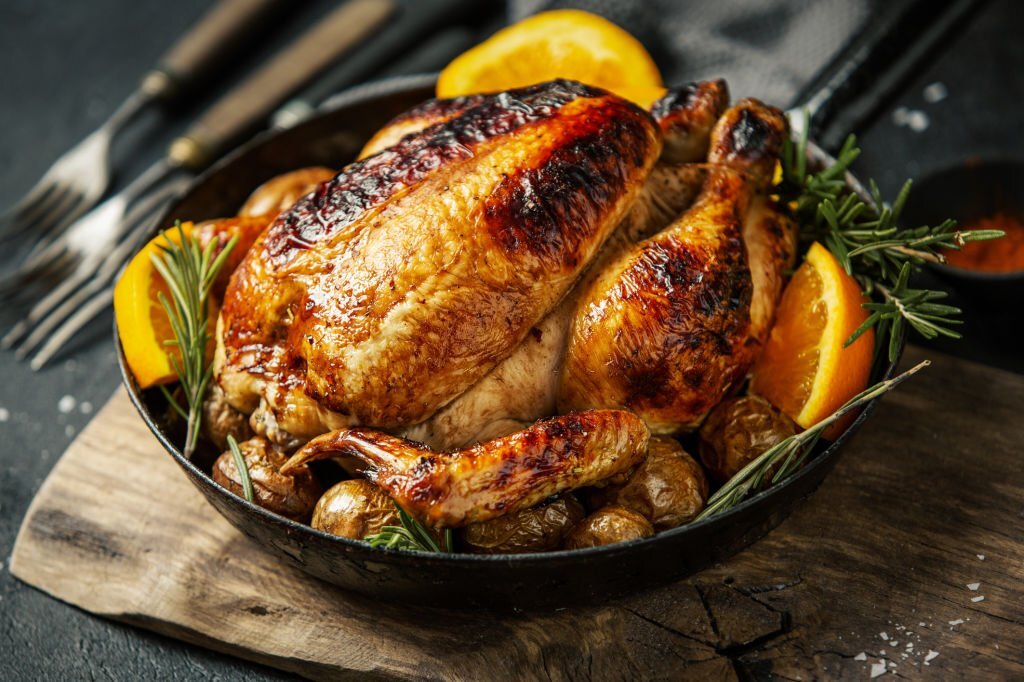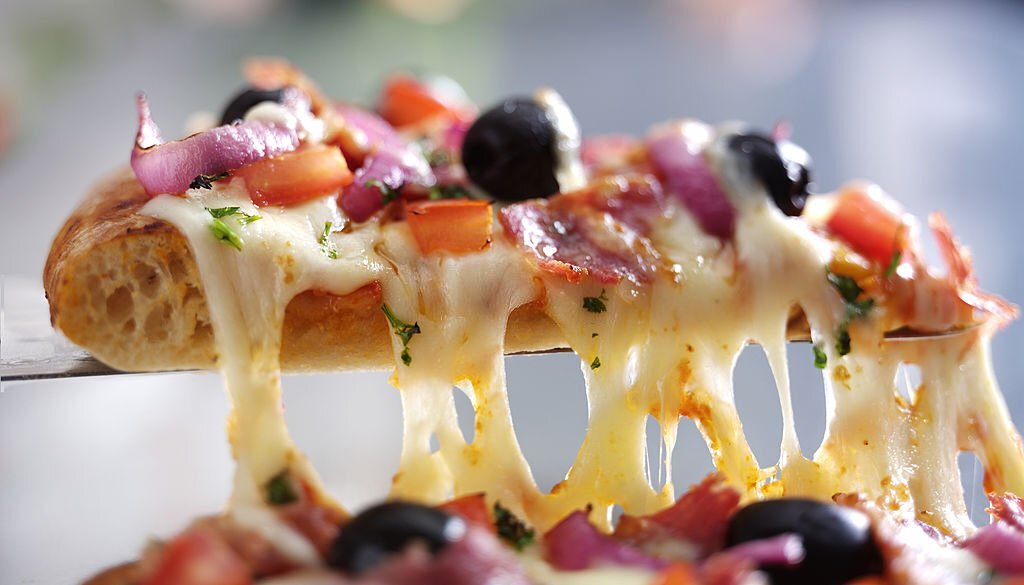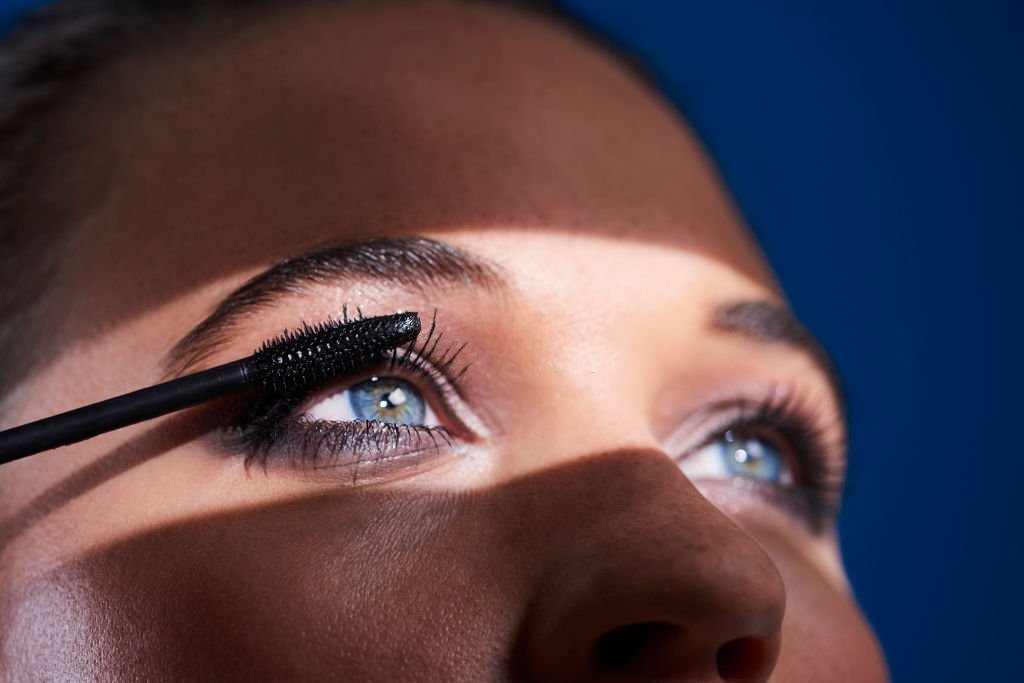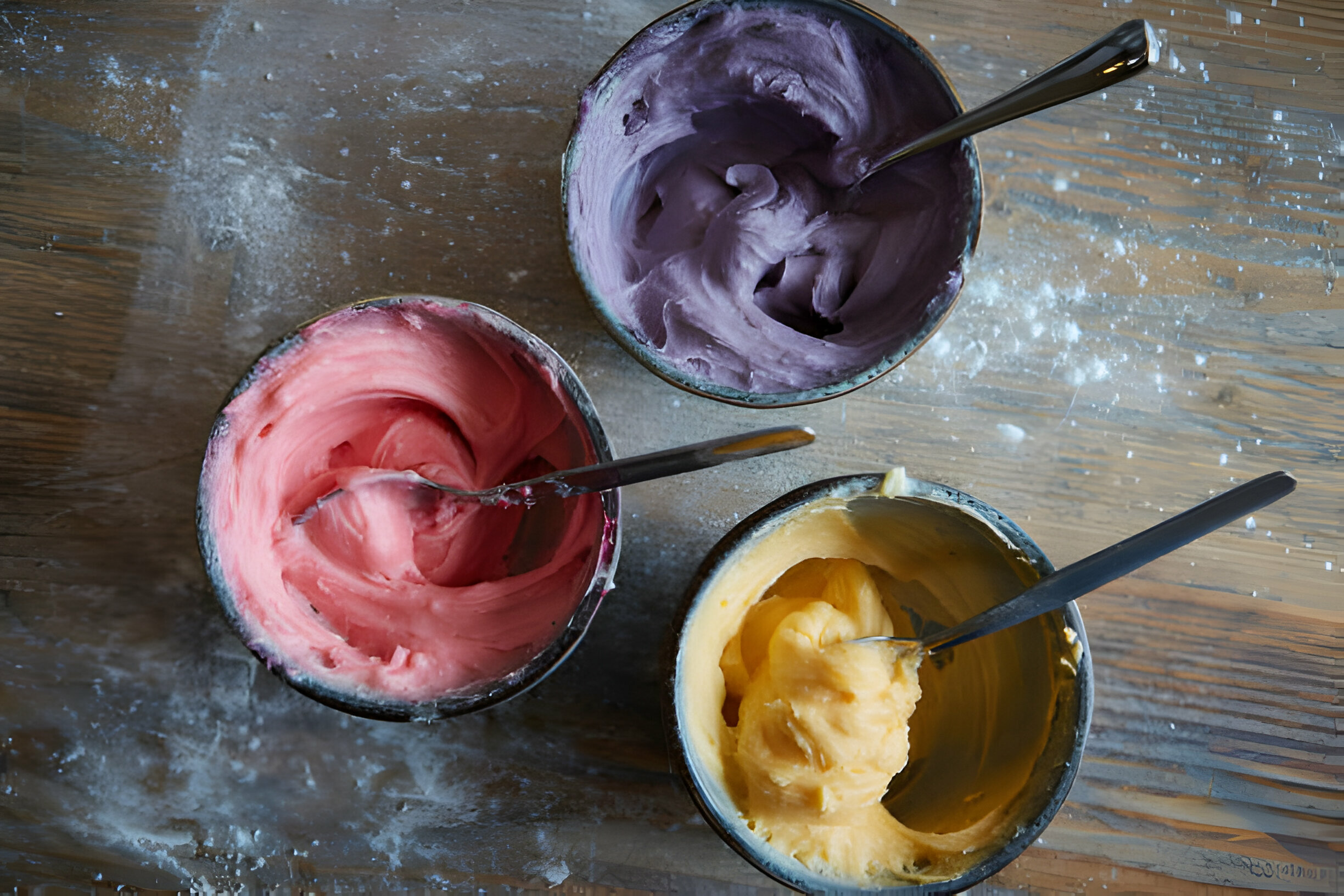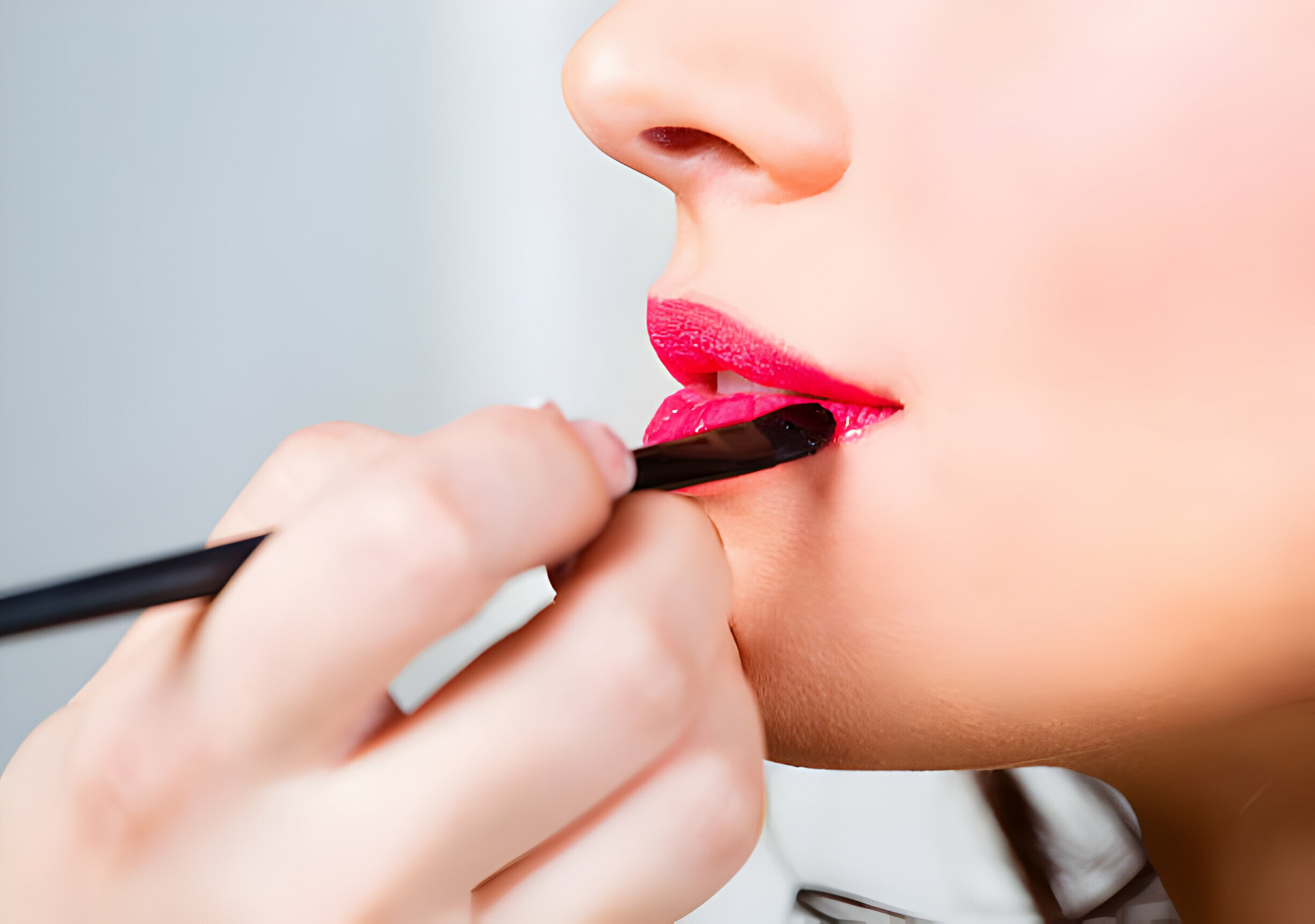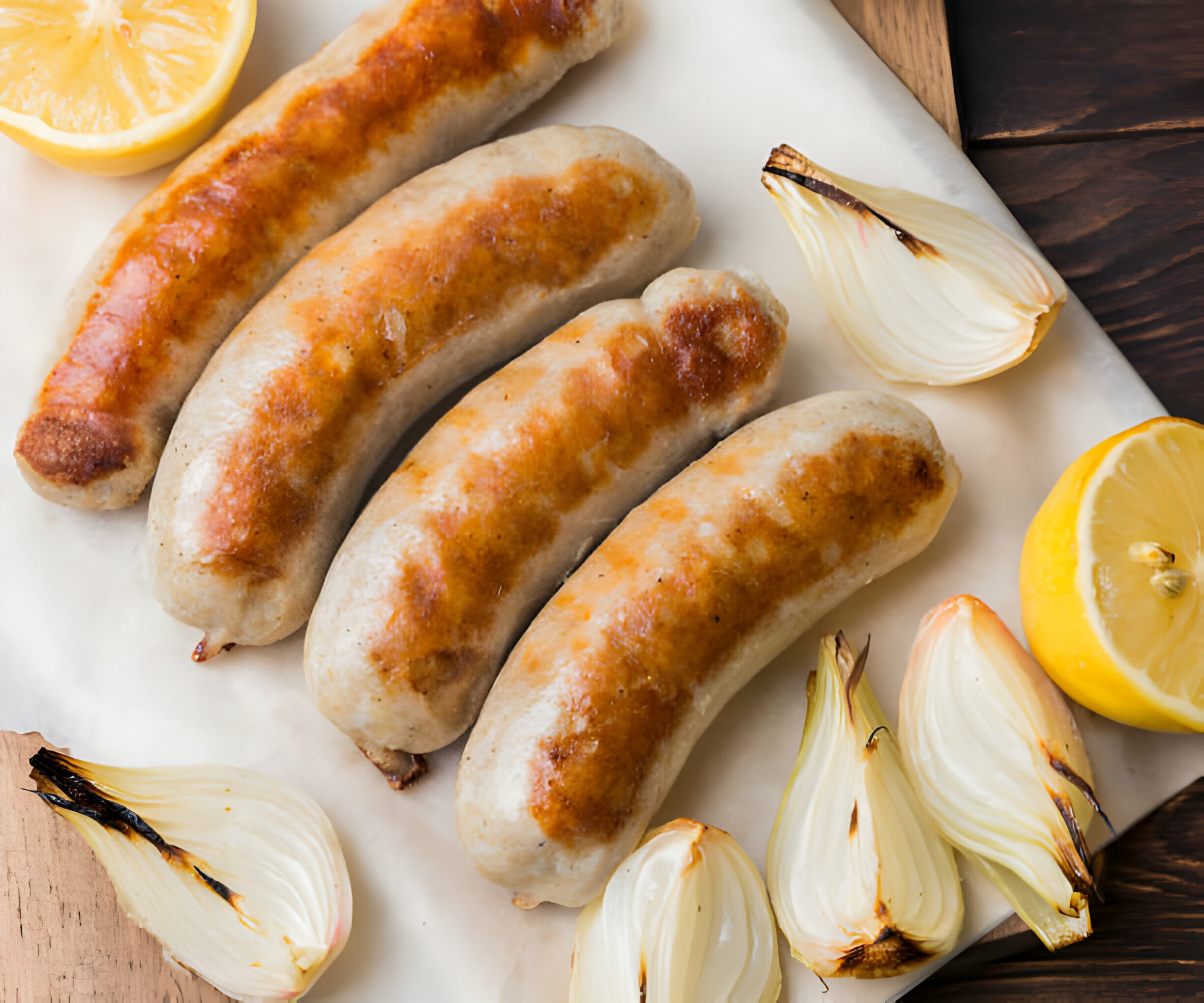Does Blending A Banana Make It Unhealthy?
Blending fruits has become a popular way to incorporate essential nutrients into our diets while enjoying a refreshing and convenient treat. Among the fruits commonly blended, bananas hold a prominent position due to their versatility and nutritional value.
However, a question arises: Does blending a banana make it unhealthy? In this article, we will explore the topic does blending a banana make it unhealthy. We will delve into the nutritional composition of bananas, weigh the pros and cons of blending, examine the sugar and fiber content, and provide recommendations for maintaining a balanced diet. By the end, you will have a clearer understanding of whether blending a banana can harm your health or if it remains a nutritious choice.
What Are Blended Bananas?
Blended bananas are pulverized or pureed ripe bananas into a smooth consistency using a blender or food processor. This method transforms the fruit into a creamy and easily digestible form, making it suitable for culinary purposes. Blended bananas can be enjoyed as a standalone snack, used as a smoothie base, incorporated into baked goods such as pancakes or muffins, or used as a natural sweetener in specific recipes.
The result is a versatile ingredient that offers a concentrated burst of banana flavor while retaining most of the fruit’s nutritional benefits. Blended bananas are particularly popular among individuals seeking a convenient and nutritious way to incorporate the goodness of bananas into their daily routine.
The Nutritional Value Of Bananas
Bananas are not only delicious but also highly nutritious. They are a fantastic source of essential vitamins, minerals, and dietary fiber, making them a valuable addition to a healthy diet. One medium-sized banana contains approximately 105 calories, providing a quick and natural energy boost. Bananas are rich in potassium, a mineral crucial for maintaining proper heart function, regulating blood pressure, and supporting muscle contractions. They are also a good source of vitamin C, an antioxidant that boosts the immune system and aids in collagen production for healthy skin.
Furthermore, bananas contain significant amounts of vitamin B6, which is crucial in brain development and function. The fruit’s high fiber content promotes healthy digestion and can help regulate bowel movements. Bananas are low in fat and sodium, providing a guilt-free snack and various nutrients.
Does Blending A Banana Make It Unhealthy?

Blending a banana itself does not inherently make it unhealthy. However, certain factors should be considered. One potential concern is the increase in sugar concentration that can occur when blending a banana. While bananas naturally contain sugars, blending breaks down the fibrous structure, making it easier for the body to absorb the sugar quickly.
This can potentially cause a rapid spike in blood sugar levels, especially for individuals with diabetes or those watching their sugar intake. Another consideration is the potential loss of fiber content when a banana is blended, as the fiber-rich pulp and skin are often discarded.
Fiber is crucial in promoting digestive health and regulating blood sugar levels. To mitigate these concerns, it is recommended to consume blended bananas in moderation, incorporate other fiber sources into the preparation, or choose alternative methods of enjoying bananas, such as eating them whole or mixing them into dishes without blending. Ultimately, the key lies in maintaining a balanced diet and considering individual health needs when consuming blended bananas.
Considerations for Blending Bananas
To ensure a healthy banana blend, consider convenience and versatility while being mindful of the health benefits.
Sugar content
Bananas are naturally sweet due to their fructose content. When blending them, the sweetness becomes more concentrated, potentially increasing the sugar content of your beverage or recipe. This can be a concern, especially for individuals managing their sugar intake, such as those with diabetes or those following a low-sugar diet. To address this, you can use smaller portions of banana or combine them with other low-sugar ingredients like leafy greens, unsweetened plant-based milk, or low-sugar fruits like berries. This helps balance the sweetness and reduce the overall sugar content of your blend.
Fiber loss
Blending bananas break down their fibre structure, which can reduce the overall fiber content. Fiber is essential for digestive health, regulating blood sugar levels, and promoting satiety. You can incorporate other high-fiber ingredients into your blend to mitigate fiber loss. Adding chia seeds, ground flaxseeds, or oats can boost the fiber content while providing additional nutritional benefits. Alternatively, you can consume whole fruits alongside your blended banana to meet your daily fiber needs.
Caloric density
Blended bananas can be calorie-dense, mainly if you use more significant portions or add calorie-rich ingredients like nut butter, sweeteners, or high-fat dairy products. While bananas contain essential nutrients, it’s essential to consider the overall calorie content of your blend, especially if you’re trying to manage your weight or calorie intake. To control the calorie density, be mindful of portion sizes and choose lower-calorie additions like unsweetened almond milk or Greek yoghurt instead of higher-calorie options.
Nutrient balance
While bananas offer potassium and vitamin C, relying solely on blended bananas as a meal replacement may not provide a well-rounded balance of nutrients. It’s essential to incorporate a variety of fruits, vegetables, proteins, and healthy fats into your blend to ensure you’re getting a wide range of essential nutrients. Add leafy greens, berries, avocado, or a scoop of protein powder to increase the nutrient density and create a more nutritionally complete blend.
Allergies and sensitivities
Some individuals may have allergies or sensitivities to bananas or other ingredients commonly used in blends, such as dairy or nuts. If you have any known allergies or dietary restrictions, it’s crucial to choose alternative ingredients that suit your needs. For example, you can opt for non-dairy alternatives like almond or coconut milk and use seed butter instead of nut butter.
Personalization and variety
One of the benefits of blending bananas is the ability to personalize your blend based on your preferences and nutritional goals. Experiment with different ingredients to create a blend that suits your taste and provides a variety of nutrients. You can add spinach or kale for added greens, berries for antioxidants, or a scoop of protein powder to increase protein content. This allows you to customize your blend to meet your nutritional needs and preferences.
How to Make a Healthy Smoothie with Blended Bananas
A healthy smoothie is a delicious and nutritious drink that can provide you with many health benefits. One of the main ingredients of a healthy smoothie is blended bananas, which are rich in potassium, fibre, vitamin C, and antioxidants. Here are some steps on how to make a healthy smoothie with blended bananas:
Step 1: Gather your ingredients
- 1 ripe banana
- 1 cup of leafy greens (spinach, kale, or your preferred choice)
- 1 cup of liquid (water, unsweetened almond milk, coconut water, etc.)
- 1/2 cup of frozen berries (blueberries, strawberries, raspberries)
- 1 tablespoon of nut butter or seeds (optional for added healthy fats and protein)
- Ice cubes (optional for a colder and thicker smoothie)
Step 2: Prepare the ingredients
- Peel the ripe banana and break it into chunks.
- Wash the leafy greens thoroughly and remove any tough stems.
- Measure out the frozen berries and any optional ingredients.
Step 3: Blend the ingredients
- Place the banana chunks, leafy greens, frozen berries, nut butter or seeds, and ice cubes (if using) into a blender.
- Pour in the liquid of your choice to reach the desired consistency. Start with a smaller amount and add more as needed.
- Blend on high speed until all the ingredients are well combined, and the smoothie reaches a smooth and creamy texture. Stop and scrape down the sides of the blender to ensure everything is fully blended.
Step 4: Taste and adjust
- Taste the smoothie and adjust the flavors as desired. If it’s too thick, add more liquid. If it needs more sweetness, add a drizzle of honey, a pitted date, or a sprinkle of cinnamon.
Step 5: Serve and enjoy
- Pour the smoothie into a glass or a bowl.
- You can garnish with additional toppings like sliced bananas, berries, chia seeds, or a sprinkle of granola if desired.
- Enjoy your healthy smoothie immediately for maximum freshness and flavor.
Tips
- You can freeze the banana chunks and berries beforehand to make your smoothie colder and thicker without ice cubes.
- Experiment with different combinations of fruits, greens, and liquids to find your favourite flavour profiles.
- If you prefer a sweeter smoothie, use a ripe banana or add some natural sweeteners like maple syrup or stevia.
- You can add a scoop of protein powder or Greek yoghurt to boost the protein content.
- If you want to incorporate more fibre, consider adding a tablespoon of chia seeds or ground flaxseeds.
Blending A Banana Vs Eating A Banana: Myth Buster
| Myth | Blending a Banana | Eating a Banana |
|---|---|---|
| Blending destroys nutrients. | Blending can break down some nutrients like fiber, but it doesn’t significantly affect the overall nutritional value. Plus, it may enhance nutrient absorption in some cases. | Eating whole bananas preserves nutrients, including fiber, which aids digestion and promotes gut health. It’s a convenient and nutritious snack. |
| Blending makes bananas less filling. | Blending may alter the texture, but bananas still provide a sense of fullness due to their fiber content. Combining bananas with other ingredients in a smoothie can enhance satiety. | Eating a banana whole can promote a feeling of fullness due to its fiber content, which helps regulate appetite and prevent overeating. |
| Blended bananas raise blood sugar levels faster. | Blended bananas may have a slightly higher glycemic index due to their broken-down fiber. Still, the overall impact on blood sugar levels depends on the ingredients in the smoothie and individual metabolism. | Eating a banana whole provides a slower release of sugar into the bloodstream due to its intact fiber, resulting in more stable blood sugar levels compared to blended bananas. |
| Blending is necessary for nutrient absorption. | Blending can aid nutrient absorption by breaking down cell walls, but it’s not the only way to absorb nutrients from bananas. Eating a banana whole also allows for adequate nutrient absorption. | While blending can facilitate nutrient absorption, eating a banana whole provides nutrients in their natural form, which the body can readily absorb without the need for blending. |
| Blending is better for weight loss. | Blending can be part of a weight loss regimen as it offers a convenient way to incorporate fruits and vegetables into the diet. However, the overall impact on weight loss depends on the ingredients and portion sizes of the smoothies consumed. | Eating a banana whole can support weight loss as it provides fiber and essential nutrients while promoting feelings of fullness, which may help reduce calorie intake throughout the day. |
FAQs
Does Blending A Banana Make It Fattening?
Blending a banana does not inherently make it fattening.
Does Blending A Banana Change The Glycemic Index?
Blending a banana can increase the glycemic index due to the breakdown of fiber, resulting in faster absorption of sugars. The impact varies based on ingredients, diet, and health status.
Why Does A Banana Turn Black After Blending?
When a banana turns black after blending, it is due to the oxidation process, where the enzymes in the fruit react with oxygen, causing discolouration. This is a natural occurrence and does not affect the safety or taste of the blended banana.
Is It Okay To Drink A Banana Smoothie Every Day?
Yes, it is generally okay to drink a banana smoothie every day as long as it is part of a balanced diet and does not cause any adverse effects on your health or individual dietary needs.
How Long Is Pureed Banana Good For?
Pureed banana is typically good for 2-3 days when stored in an airtight container in the refrigerator.
Why Are Bananas Bad For Ab Blood Type?
According to the blood type diet theory, bananas may not be ideal for individuals with AB blood type due to their lectin content, which could cause digestive issues or hinder nutrient absorption.
Conclusion
Blended bananas offer benefits like improved digestion, nutrient absorption, convenience, and versatility, but they also have drawbacks like increased sugar concentration and fiber loss. To maintain a balanced diet, consume blended bananas in moderation, incorporate other fiber sources, consider individual dietary needs, and ensure variety in fruit intake. Consult a healthcare professional or registered dietitian for personalized advice based on health needs and goals.
Claire Lower
Claire is LiveandFeel Senior Food Editor. She has a BS in chemistry, a decade of food journalism experience, and a deep love for mayonnaise and MSG. As a Senior Food & Beverage Writer for liveandfeel, where I generate exciting content covering topics such as culinary trends, recipes, and perhaps even health and wellness aspects related to food. that not only informs but also captivates a sizable audience.

